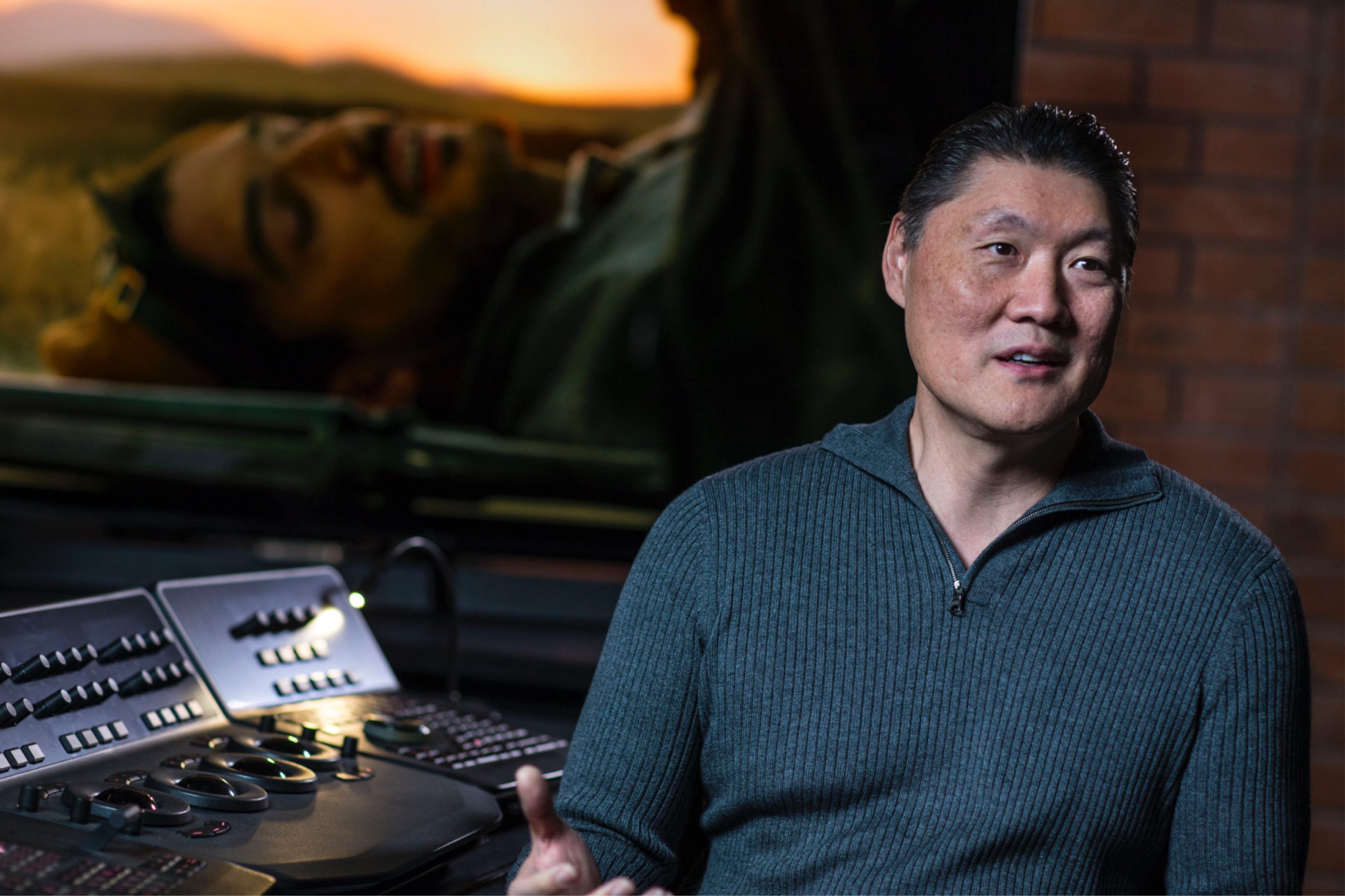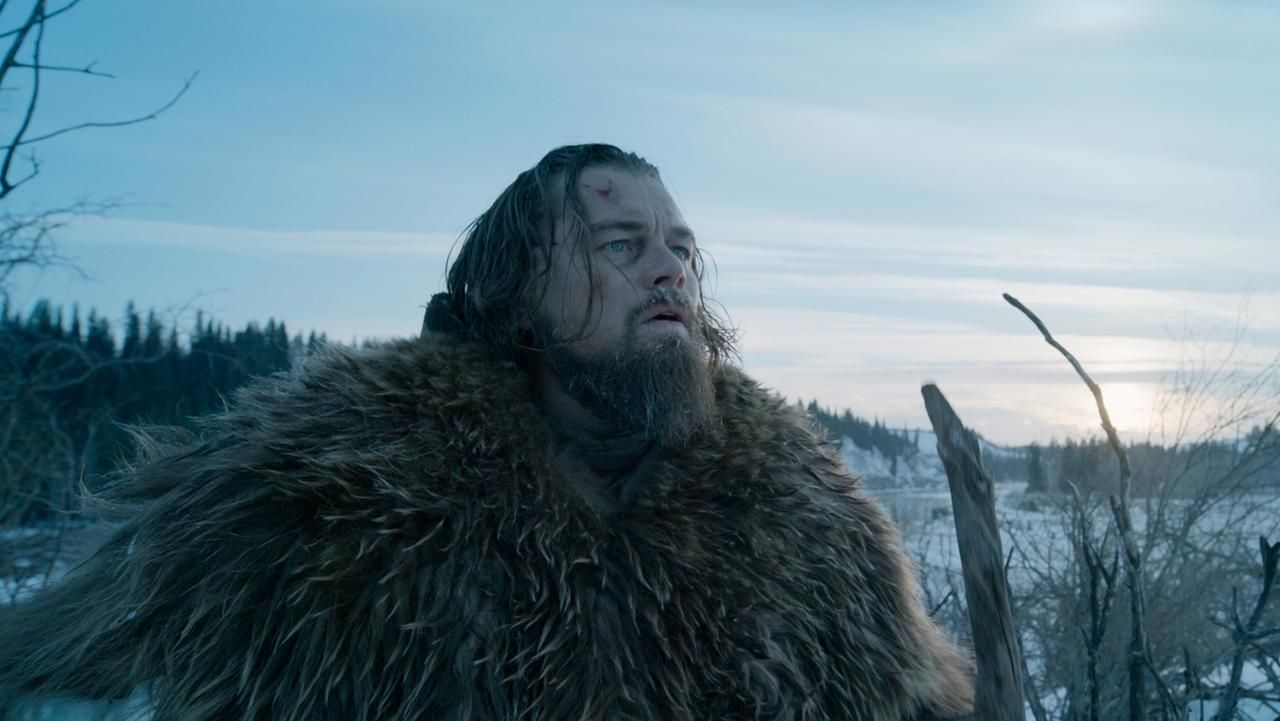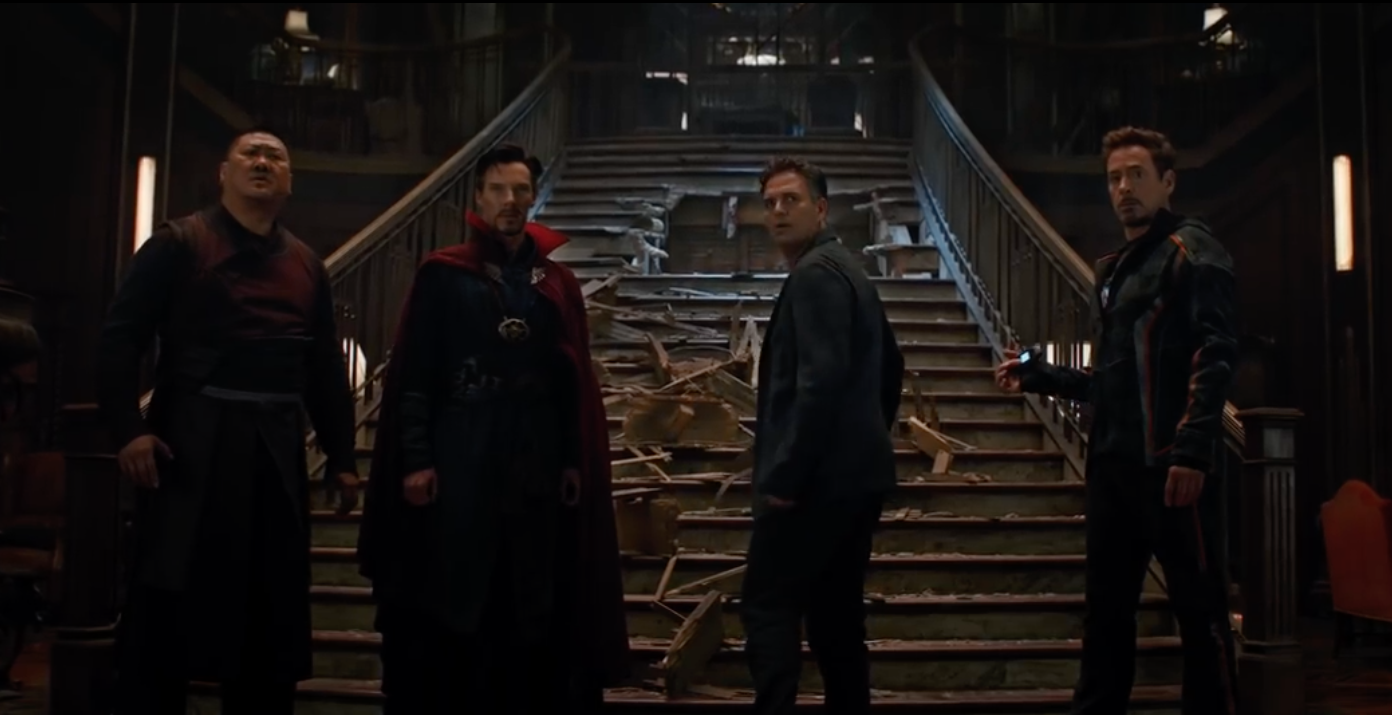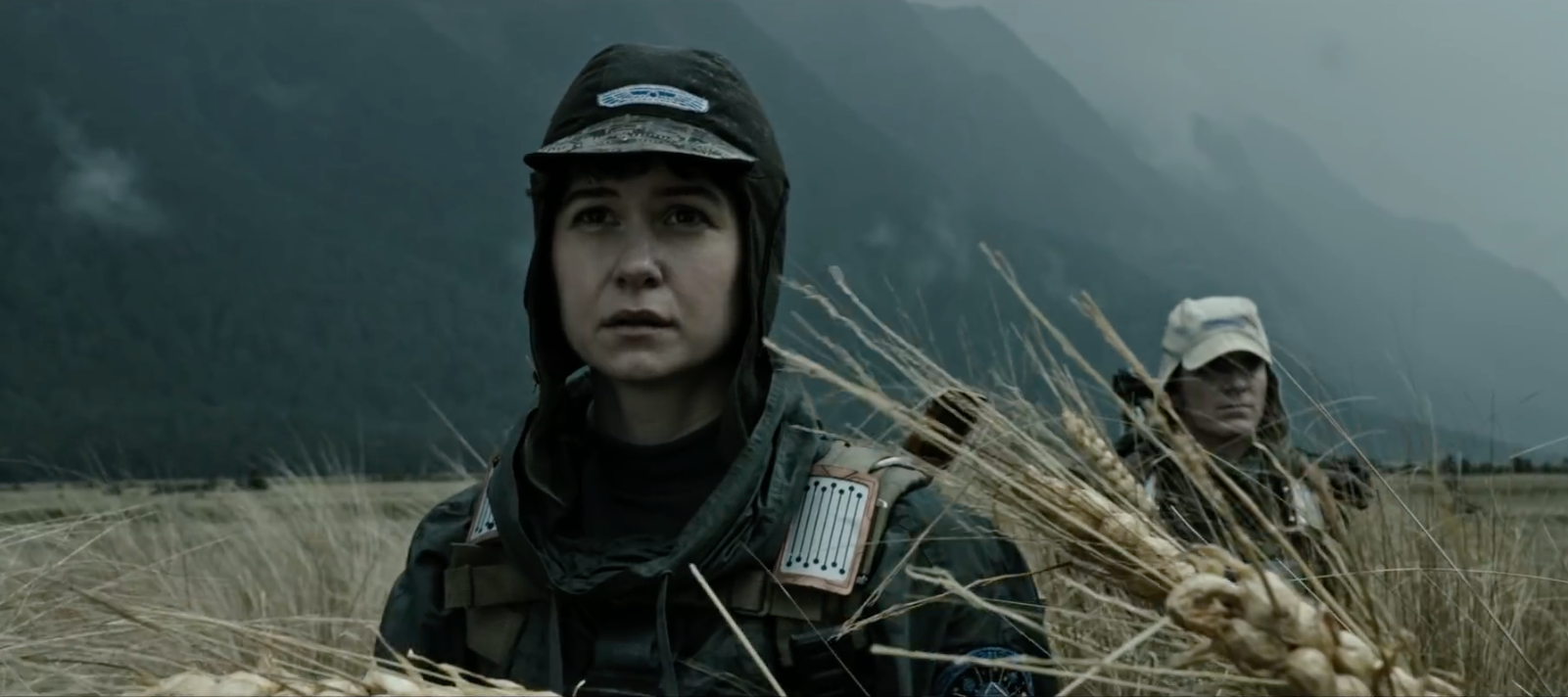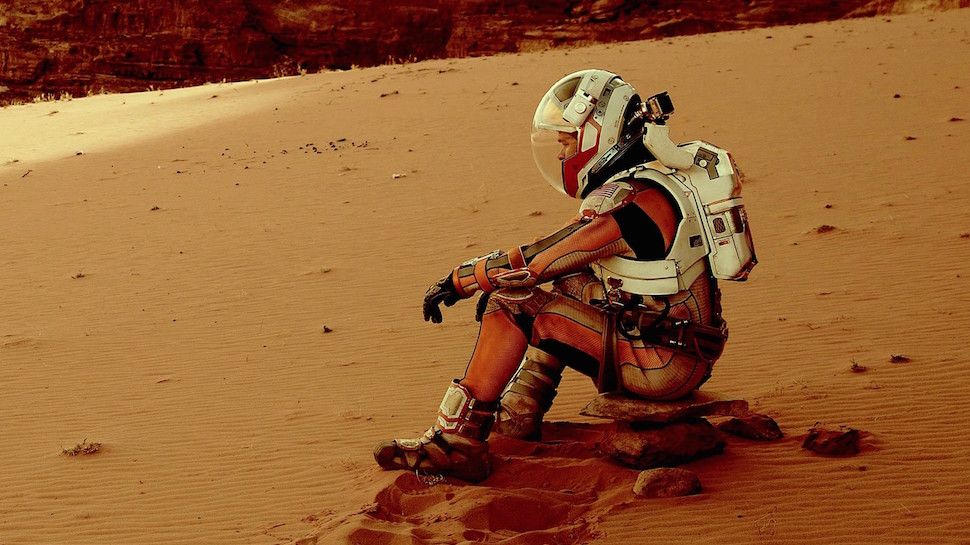"The new Marvel Avengers [movie] has 18 different versions for the all relevant cinema releases," explains Charles Bunnag, the lead colourist at Technicolor on the new Avengers: Infinity War film due out this summer.
It's a number we find hard to believe at first, but the more Bunnag talks, the more we realise it's because he and his team of four colourists have to create different versions for the various projectors and television screens found in cinemas and homes across the globe for every movie Technicolor is involved in.
For cinema, the Technicolor team have to create dedicated versions for IMAX, for 4K, for 2K, for 3D and so on. Each of the different versions has to be tweaked to be able to replicate the colour on screen as the director and cinematographer intended.
What's even more overwhelming is that once finished with the cinematic release, Bunnag and his team will then start doing the same process, but for the Blu-ray, DVD, digital download, and broadcast versions that need to be created.
As a colourist, it's Bunnag's job to make sure that all shots in each scene match one another by balancing colour saturation and luminance from shot to shot.
By doing this, they make sure that no one shot stands out in the sequence. They can also fix things like under or over exposure or day for night corrections, rescuing footage that might have been only good for the cutting room floor before.
Bunnag has worked on most of the Marvel films, The Revenant, Gravity, and the Star Wars saga, and is one of the leading colourists in Hollywood at the moment.
Colour correction is no easy feat. It's not just a case of adding an "Instagram-like" filter to the footage and being done with it, nor is it about fixing everything the director or cinematographer got wrong.
"Cinematographers have become very sophisticated and smart about what can be accomplished in the Digital Imaging (DI)," said Bunnag.
"I want to be very clear about this, it’s not an issue of fixing it in post, the DI has become a new tool for cinematographers. So, on a movie like The Revenant, they shot in these incredible environments, but it was not exactly the type of environment you can take an entire camera crew up to, so the Director of Photography (DP) knew that if he could shoot it as well as he could, he knew exactly what he could do later in the DI.
"There are times when the DP will work closely with the director and say, 'Hey, you know what, the actor is on right now, let’s go with this take, I’m not even worried about lighting right now, I know what I can do in the DI.' This is a tool which has enhanced the capabilities of the DP and the visual effects team."
Talking to Pocket-lint, Sherri Potter, head of Global Production at Technicolor Production adds: "We see ourselves as the caretaker of images." We travelled to Hollywood, California to visit Technicolor and competing post-production studio Deluxe Company 3 to find out how the two companies change the way our movies look and the kit that they use to do it.
Between them, they are responsible for post-production colour on around 70 per cent of the movies and TV shows Hollywood produce each year. 2017 hits include Wonder Woman, Star Wars: The Last Jedi, Narcos, and Game of Thrones.
While directors and cinematographers try their best to get things just right on set, a lot is still left to be enhanced and tweaked in the editing suite.
Each movie, once shot, has to painstakingly be coloured to match the director's vision to playback on the various devices we now have access to.
In the case of Avengers: Infinity War that's not just about making Hulk's green skin pop from the screen - although Bunnag tells us they did work early on with the film makers to make that happen - but to ensure that the film looks its best, something that with such a huge ensemble cast can be difficult at times.
To demonstrate this, Bunnag flicks between the trailer of the Marvel movie is he showing us to the original footage that he got before he worked on it.
The difference is striking.
Before it looked drab and at times dark and poorly lit, now it looks punchy and vibrant. Bunnag has taken the footage from directors Anthony Russo and Joe Russo and enhanced the light, punched up the colour, and in some cases reduced elements in the shot to help us focus on the important parts.
Most striking is a single frame he pauses on featuring Doctor Strange and three other Marvel characters.
Bunnag points out that because of the large cast in Avengers there are often more heroes in shot than your regular action movie, and that in turn can present problems for the lighting director on set. His work is very noticeable, and something we are sure the actors, and director appreciate.
It's not just the finished movie Bunnag is responsible for either, but the trailers as well, matching shots from different parts of the movie to all look similar in a trailer for example.
To help get those colours right, the company uses the Panasonic 2017 flagship OLED, the EZ1000 (EZ1002 in the UK).
Technicolor has worked closely with Panasonic to access certain settings to calibrate the TVs closer to their requirements beyond what is available to consumers. Although the company hasn't gone as far as creating a Technicolor mode, which LG has, the settings it's created are available as the True Cinema mode for Panasonic customers.
Across town at Deluxe Company 3 headquarters its lead colourist, Stephen Nakamura, offers similar insights.
Nakamura has worked alongside directors such as David Fincher, Ridley Scott, Kathryn Bigelow, Brad Bird, David O. Russell, and Steven Spielberg on big named blockbusters such as It, Detroit, The Martian and Alien: Covenant.
On our tour, he's showing us some of the changes he made to Ridley Scott's Alien: Covenant.
While shot on earth (spoiler alert) Scott wanted the planet the lead protagonists land on to look as un-earth-like as possible. It was Nakamura's job to change the colour to make this a reality.
That, explains the colourist changing everything from the trees to the wheat in the field to the sky, all individually one by one while all the same time ensuring the that all the actors on screen are as life like as possible is no easy feat and relies on you having a consistent display to work from.
"Take a film like The Martian," explains Nakamura. "The director asked that all the sand had to be terracotta."
To ensure that level of accuracy (terracotta is neither red, orange, or salmon) Deluxe Company 3 also turned to Panasonic and the EZ1000 to help them get the best results.
The company likes the TVs so much they own around 60 of them and is already looking at buying the 2018 model, the FZ950, thanks to its improved HDR offering.
"Panasonic OLED’s accuracy is amazingly close to the professional monitors that we use. I was in shock when I saw different pieces of footage from TV and movies side by side with professional monitors as it’s so close," explains Nakamura.
"You were maybe 75-80 per cent close with old monitors, with this Panasonic monitor you’re 95 per cent close. I mean it’s amazing."
As Hollywood strives to replicate the director's true intentions on screen, TV companies are doing the same, and it's clear that Panasonic really is trying to bring "Hollywood to your home" more than one colour at a time.
Liked this? Check out our guide to the best 4K TVs.

